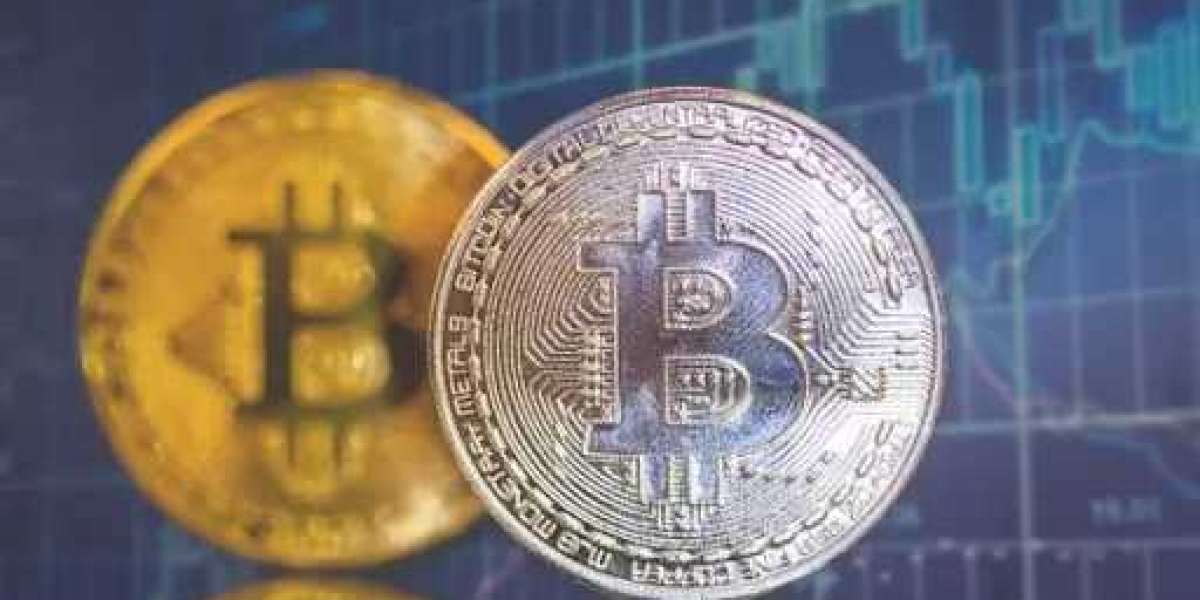History of Ripple (XRP)
- Origins and Development:
- 2004: Ripple's precursor, RipplePay, was developed by Ryan Fugger as a peer-to-peer decentralized payment network.
- 2011-2012: Jed McCaleb, Arthur Britto, and David Schwartz began developing a new digital currency system. They approached Fugger, and together they co-founded OpenCoin, which was later rebranded as Ripple Labs in 2013.
- 2013: Ripple Labs launched the Ripple network and its native cryptocurrency, XRP. Ripple aimed to enable secure, instant, and nearly free global financial transactions of any size with no chargebacks.
- Growth and Adoption:
- 2014-2017: Ripple Labs focused on building partnerships with financial institutions and payment providers. They aimed to improve the efficiency of cross-border payments.
- 2017: XRP saw significant price appreciation, driven by increased interest in cryptocurrencies and partnerships with major financial institutions like American Express and Santander.
- 2018: Ripple Labs continued to expand its network, working with over 100 financial institutions and launching products like xRapid (now known as On-Demand Liquidity or ODL), which uses XRP for cross-border payments.
- Legal and Regulatory Challenges:
- 2020: The U.S. Securities and Exchange Commission (SEC) filed a lawsuit against Ripple Labs, alleging that XRP is an unregistered security. This led to significant market uncertainty and delisting of XRP from several exchanges.
- 2021-2022: Ripple Labs has been defending the lawsuit, with the outcome expected to have substantial implications for XRP and the broader cryptocurrency market.
- Technological Innovations:
- XRP Ledger (XRPL): The underlying technology of XRP, XRPL, is an open-source, decentralized blockchain. It enables fast and low-cost transactions, making it suitable for cross-border payments and microtransactions.
- RippleNet: A network of institutional payment-providers that uses Ripple's technology to provide real-time gross settlement systems, currency exchange, and remittance services.
Pros and Cons of Investing in XRP
Pros:
- Established Network: Ripple has built a substantial network of financial institutions, providing a strong use case for XRP in cross-border transactions.
- Transaction Speed and Cost: XRP transactions are fast (typically settling within 3-5 seconds) and have low fees, making it efficient for payments.
- Scalability: XRP can handle a large number of transactions per second, offering scalability advantages over some other cryptocurrencies.
- Institutional Support: Partnerships with major financial institutions suggest confidence in Ripple’s technology and its potential for mainstream adoption.
Cons:
- Regulatory Uncertainty: The ongoing SEC lawsuit poses a significant risk. The outcome could have major implications for XRP's future and regulatory status.
- Centralization Concerns: Critics argue that Ripple Labs' control over a large portion of XRP supply contradicts the decentralized ethos of cryptocurrencies.
- Market Volatility: Like all cryptocurrencies, XRP is subject to significant price volatility, which can lead to potential losses for investors.
- Competition: Other blockchain platforms and cryptocurrencies are also vying to solve similar problems in the payments space, potentially limiting XRP's market share.
Is It Worth Investing in XRP?
To Invest in Ripple, all you need to do is install the Ripple wallet app on your phone, register and buy cryptocurrency from a bank card.
Investment Considerations:
- Risk Tolerance: Given the regulatory challenges and market volatility, investing in XRP involves significant risk. Investors should assess their risk tolerance and consider whether they are comfortable with potential legal and market uncertainties.
- Diversification: As with any investment, diversification is key. Investing in XRP should be part of a broader, diversified investment strategy to mitigate risk.
- Research: Stay informed about the latest developments regarding Ripple's legal situation, technological advancements, and market trends.
- Long-term Potential: Consider the long-term use case and adoption of XRP in the financial industry. If you believe in its potential to revolutionize cross-border payments, it might be worth considering as part of your portfolio.
Conclusion
Ripple's XRP has a compelling history as a cryptocurrency designed for fast and efficient cross-border payments, backed by a network of financial institutions. However, its investment potential is clouded by significant regulatory uncertainty and market volatility. Thorough research and careful consideration of risks are essential before deciding whether to invest in XRP. As with any investment, it’s important to diversify and align your choices with your overall financial strategy and risk tolerance.



